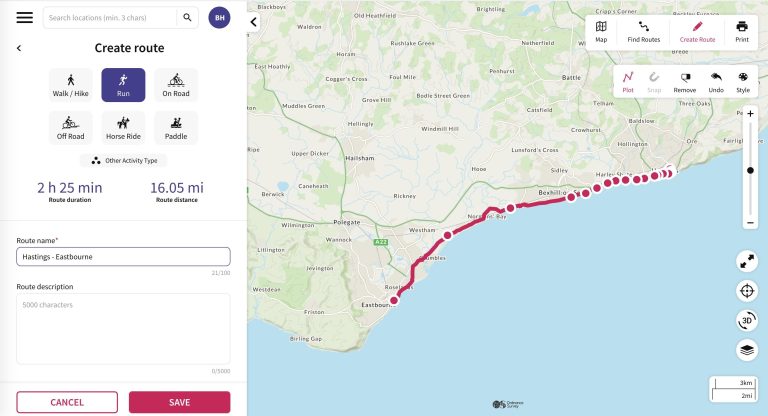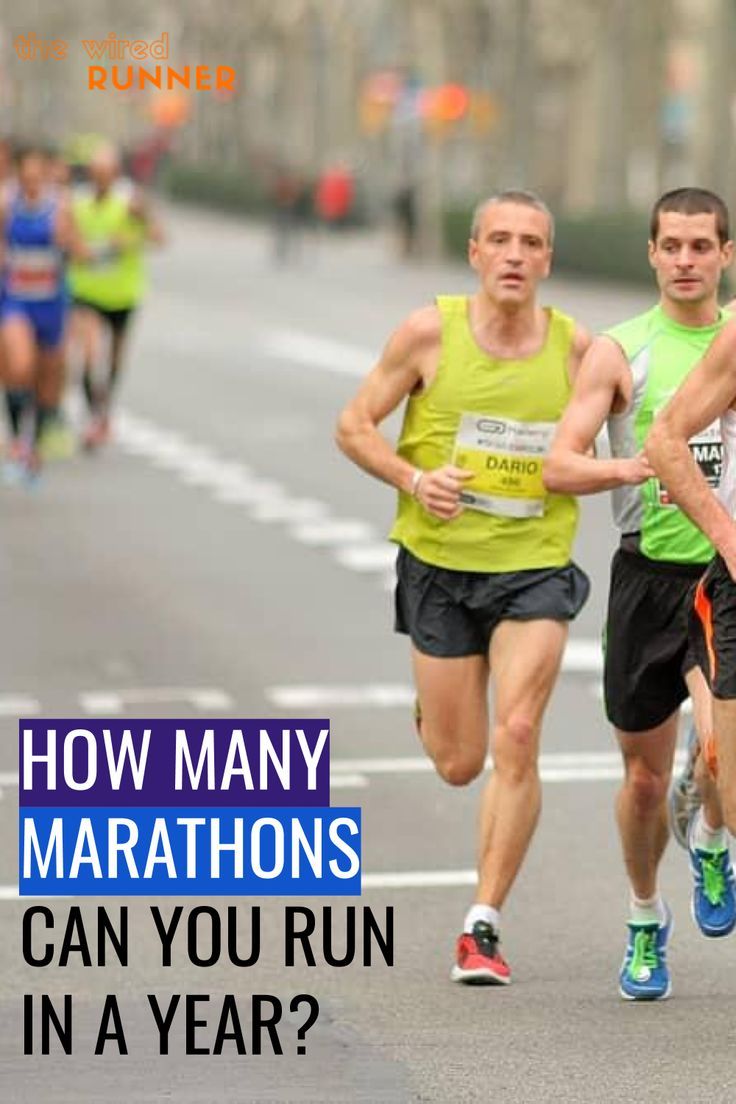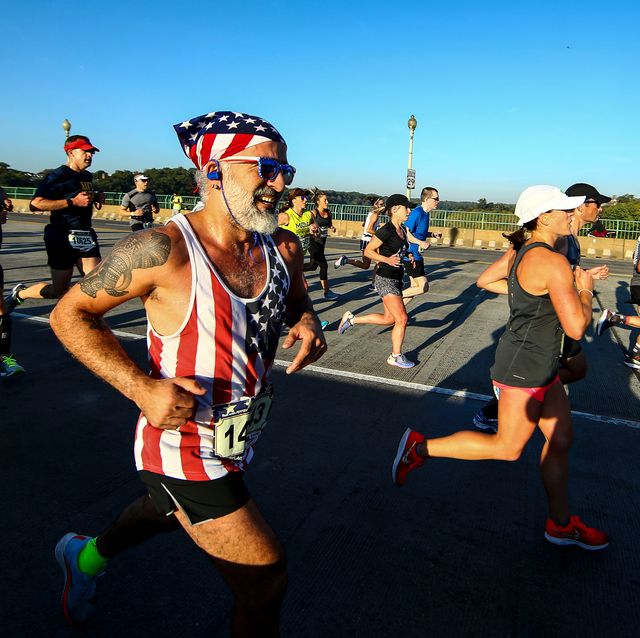Dynamic Stretching Warm Up Running
Dynamic stretching before a run helps increase blood flow and flexibility, reducing the risk of injury. It also improves performance by activating muscles.
Getting ready for a run with dynamic stretching can significantly enhance your workout experience. Not only does it prepare your body for the physical demands of running, but it also helps to improve your range of motion and overall performance.
By incorporating dynamic stretches into your warm-up routine, you can optimize your running experience and maximize your results. This type of warm-up routine is particularly beneficial for runners as it activates key muscle groups and mentally prepares you for the exercise ahead.

Credit: www.leagendersfitness.com
The Importance Of Warm-up Exercises
Engaging in warm-up exercises before running is essential to prepare the body for physical activity, helping to avoid injury and maximize performance.
Enhancing Performance
Dynamic stretching as part of the warm-up routine has been shown to enhance running performance. It helps increase blood flow to the muscles, improving their flexibility and range of motion, which can lead to better running efficiency and endurance.
Reducing The Risk Of Injury
Implementing a dynamic stretching warm-up can significantly reduce the risk of injury. By gradually increasing the heart rate, body temperature, and blood flow to the muscles, dynamic stretching helps prepare them for the demands of running, minimizing the chances of strains or tears.
Understanding Dynamic Stretching
Dynamic stretching involves moving your body through a full range of motion to warm up the muscles before running. This form of stretching helps improve flexibility and mobility, preparing your body for physical activity.
What Is Dynamic Stretching?
Dynamic stretching involves continuous movement patterns that mimic the activity you are preparing for. It activates your muscles and increases blood flow, enhancing performance and reducing the risk of injury.
Benefits Of Dynamic Stretching
- Enhances muscle flexibility and joint range of motion
- Improves muscle coordination and balance
- Increases blood flow and improves muscle readiness
- Prepares the body for high-intensity activities like running
- Reduces the likelihood of muscle strain or injury
Dynamic stretching is a crucial component of a proper warm-up routine before running. By incorporating dynamic stretches, you can optimize your performance and minimize the risk of muscle soreness or injury.
Dynamic Stretching Exercises For Runners
Dynamic stretching before running is crucial to prepare your muscles for the activity. These dynamic stretching exercises for runners help increase flexibility and circulation, reducing the risk of injury.
Leg Swings
Leg swings are an effective way to loosen up tight hamstrings and hip flexors before a run. Stand upright and swing one leg forward and backward in a controlled motion.
Lunge With Rotation
A lunge with rotation targets the hip flexors, glutes, and core muscles. Step into a forward lunge position, rotate your torso towards the front leg, then return to the starting position.
High Knees
High knees help improve hip flexibility and warm up the lower body. While running in place, lift your knees as high as possible with each stride.
Butt Kicks
Butt kicks effectively stretch the quadriceps and hip flexors. Jog in place, kicking your heels up to touch your glutes with each step.
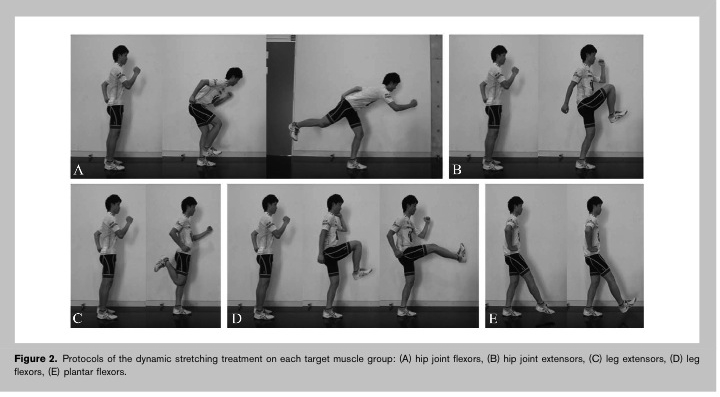
Credit: www.mendcolorado.com
Tips For An Effective Dynamic Stretching Warm-up
When it comes to ensuring a successful running session, an effective warm-up is crucial. Dynamic stretching is an excellent way to prepare your body for the demands of a run. By incorporating dynamic stretching into your warm-up routine, you can improve flexibility, increase blood flow to your muscles, and enhance overall performance. Here are some essential tips for an effective dynamic stretching warm-up that will help you get the most out of your running experience.
Start With A Light Cardiovascular Activity
Before diving into dynamic stretching, it’s essential to start your warm-up with a light cardiovascular activity. This can include brisk walking, slow jogging, or cycling for a few minutes. Engaging in a light cardiovascular activity helps to gradually elevate your heart rate and warm up your muscles, preparing them for the dynamic stretching exercises to come.
Focus On Proper Form And Technique
When performing dynamic stretches, focus on maintaining proper form and technique. Each stretch should be executed with control and precision to maximize its effectiveness. Pay attention to your body alignment and ensure that you are engaging the appropriate muscle groups. Performing dynamic stretches with proper form can help prevent injury and optimize the stretching benefits.
Gradually Increase Intensity
As you progress through your dynamic stretching routine, gradually increase the intensity of the stretches. Start with gentle movements and progressively intensify the stretches to target a wider range of motion and muscle groups. Gradually ramping up the intensity allows your muscles to adapt and become more flexible, setting the stage for a successful and injury-free run.
Allow Adequate Recovery Time
Following dynamic stretching exercises, it’s important to allow adequate recovery time before initiating your run. This recovery period gives your muscles a chance to re-stabilize and be prepared for the forthcoming physical activity. Taking the time to recover ensures that your body is primed for the demands of running, reducing the risk of strain or injury during your workout.
Dynamic Stretching Vs. Static Stretching
When it comes to preparing your body for a run, stretching plays a crucial role in preventing injuries and maximizing performance. However, not all stretches are created equal. Dynamic stretching and static stretching are two popular techniques that runners use to warm up and cool down their muscles. Let’s take a closer look at each method and their specific benefits.
Dynamic Stretching: Before Exercise
Dynamic stretching involves actively moving your muscles and joints through a wide range of motion. This type of stretching is performed before exercise to increase blood flow, improve flexibility, and prepare your body for the demands of running. Unlike static stretching, which involves holding a stretch in place, dynamic stretches are performed in a fluid and controlled manner.
Some popular dynamic stretching exercises for runners include:
- Walking Lunges: Take a step forward, dropping your back knee towards the ground, and then push off with the front foot to take another step.
- High Knees: Alternate lifting each knee to waist height while maintaining an upright posture.
- Leg Swings: Stand next to a wall or hold onto a sturdy object for balance. Swing one leg forward and backward, then switch to the other leg.
The primary benefits of dynamic stretching before running are:
- Activating the muscles and joints used during running
- Increasing muscle temperature and blood flow
- Enhancing joint flexibility and range of motion
- Improving overall performance and power output
Static Stretching: After Exercise
Static stretching, on the other hand, involves holding a stretch for an extended period of time, typically 15-30 seconds. This type of stretching is often performed after exercise, including running, to improve flexibility and cool down the muscles. Contrary to dynamic stretching, static stretches should be performed when your muscles are warm and more pliable.
Some common static stretches for runners include:
| Static Stretches | Description |
|---|---|
| Hamstring Stretch | Sit on the ground with one leg straightened in front of you while bending the opposite knee. Lean forward from your hips until you feel a gentle stretch in the back of your thigh. |
| Calf Stretch | Stand facing a wall with one foot forward and the other foot back. Lean against the wall, keeping your back leg straight and pressing your heel into the ground to stretch your calf. |
| Quadriceps Stretch | Stand tall and grab one ankle, pulling your heel toward your buttocks until you feel a stretch in the front of your thigh. Keep your knees close together and your pelvis stable. |
The key benefits of static stretching after running include:
- Reducing muscle soreness and stiffness
- Improving muscle and tendon flexibility
- Enhancing circulation and removing waste products from the muscles
- Promoting relaxation and aiding in recovery
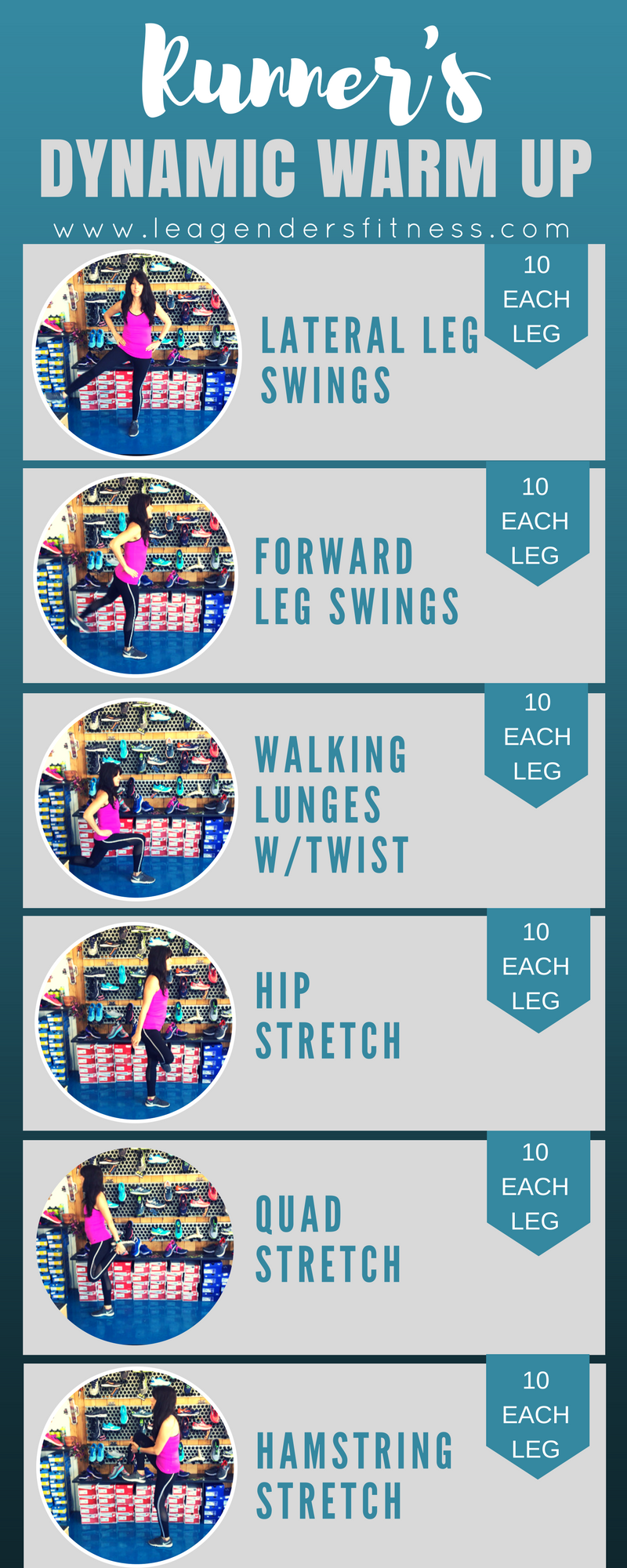
Credit: www.leagendersfitness.com
Frequently Asked Questions Of Dynamic Stretching Warm Up Running
What Are The Benefits Of Dynamic Stretching Before Running?
Dynamic stretching before running helps improve flexibility, increases blood flow to the muscles, and enhances performance.
How Should I Incorporate Dynamic Stretching Into My Running Routine?
Start with a light jog to warm up, then perform dynamic stretches such as leg swings, walking lunges, and high knees.
Can Dynamic Stretching Reduce The Risk Of Injuries While Running?
Yes, dynamic stretching can help warm up the muscles, increase range of motion, and reduce the risk of injuries during running.
Conclusion
Incorporating dynamic stretching into your running warm-up routine can significantly improve your performance and decrease the risk of injury. By preparing your muscles for the workout ahead, you’re ensuring that they are primed for the activity, allowing you to run efficiently and with reduced risk of strain.
Don’t neglect the power of a dynamic warm-up – your body will thank you for it!

